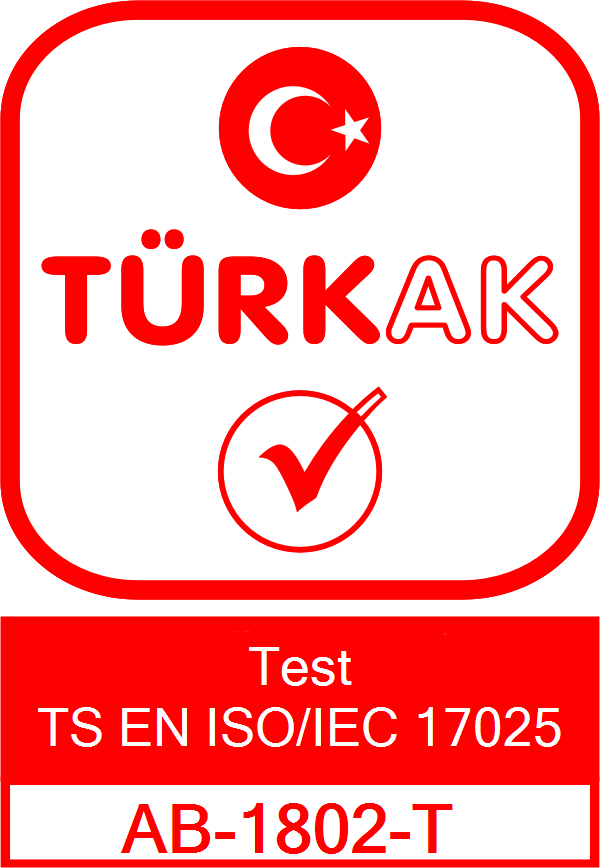Determination of Polybromide Diphenyl Ether (PBDE)
The RoHS (Restriction of Use of Restricted Substances) regulation limits the concentrations of certain hazardous substances used in the manufacture of electrical and electronic equipment (EEE). Polybromide diphenyl ethers (PBDEs) are among these hazardous materials. PBDEs are a group of chemicals used as flame retardants in many plastics and textiles. However, it is restricted under RoHS regulation due to its potential health and environmental effects.
Limit set for PBDE under RoHS regulation:
- 0.1% by weight per homogeneous material, ie 1000 ppm.
The main methods used for the determination of PBDE are:
1. **GC-MS (Gas Chromatography-Mass Spectrometry)**: This is the most widely used method for the detection of PBDEs. The samples are first subjected to an extraction process, after which the PBDEs are separated and detected by GC-MS.
2. **LC-MS/MS (Liquid Chromatography-Tandem Mass Spectrometry)**: This method may be more suitable especially for the detection of some PBDE compounds.
3. **FTIR (Fourier Transform Infrared Spectroscopy)**: This method can be used for the qualitative detection of PBDEs and other brominated flame retardants in plastic matrices, but is often used in combination with another method for quantitative analysis.
To verify RoHS compliance, manufacturers and importers must certify that materials and components used throughout the supply chain are PBDE-free or below allowable limits. It is also recommended that periodic tests be carried out on products, especially based on supplier declarations, when the presence of these substances is suspected. These tests should be performed both during the product design and development phase and during the manufacturing process.

